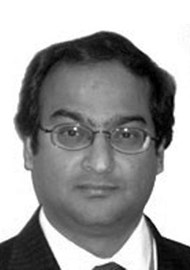Nasal trauma and fractures are some of the most prevalent clinical problems in a facial surgery practice. Fractures of the nose are the most common facial fractures and reported to be the third most common fracture of the human skeleton. Nasal trauma can lead to obvious or more subtle loss of function or form and cosmetic compromise. Untreated it can lead to immediate or longer term issues. The overall goal of treatment is to restore the nose to its original state and minimise need for further surgery or intervention. The management of nasal trauma has remained controversial and challenging through the ages, with even Hippocrates mentioning this 2000 years ago. It is very easy to manage nasal trauma poorly. Careful history and physical assessment are critical to correct diagnosis and further treatment planning. There are several treatment strategies and algorithms already advocated and in place. Indeed most accident and emergency departments in conjunction with the various ENT / maxillofacial and plastic surgery units have a local pathway. This article written by an ENT surgeon from the USA details the assessment of nasal trauma and provides a simple algorithm based on the clinical picture and other published guidelines. The paper itself is easy to follow. Well illustrated and step-wise, it does do an excellent discourse on the examination. There is also an important section of paediatric nasal trauma. A review of the instrumentation and treatment techniques is described; this is however brief, but does provide some insight to the surgical techniques. It is an excellent paper for anyone revising or merely brushing up on a common problem that is easily suboptimally assessed.




